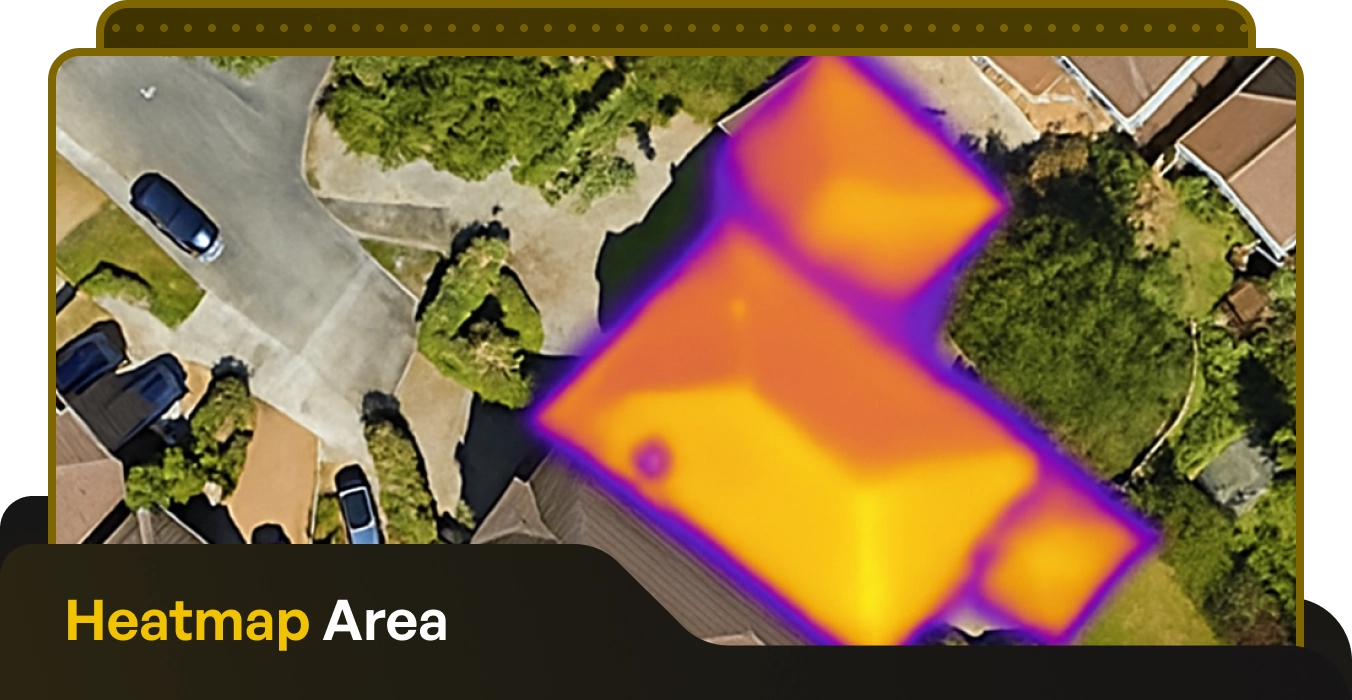Table of Contents
Solar Charge Controllers

Written by: Briain Kelly
Published: September 15, 2025
Last updated: October 8, 2025
Reading time: 3 mins
A solar charge controller is an essential piece of equipment for off-grid solar PV systems in order to protect the solar panels and battery from electrical damage.
This makes sure that your system lasts as long as possible and prevents the need for expensive replacements from easily avoidable problems.
It is also valuable for maximising the efficiency of an off-grid solar PV system with battery storage.
What does a solar charge controller do?
A charge controller acts as a bridge between the solar panels and battery storage system in an off-grid solar PV system.
It acts to protect the battery by controlling the voltage, current, or both to the battery in order to prevent damage.
The main things a charge controller acts to protect from are:
Overcharging: If a battery continues to accept too much power after it is charged, it can cause it to overheat and cause damage.
Overdischarging: When a battery continues to discharge power after its voltage has dropped below the minimum specified during use.
Reverse Current: At night, when the solar panels are no longer producing electricity, current may flow back from the battery, which the controller blocks.
Short Circuits: Uncontrolled flows of current, which can cause a battery to overheat and become damaged.
All of these can cause damage to a battery, shortening its lifespan or even destroying it outright if the problem is bad enough. That can be an expensive problem to have, especially if you have a battery system sized for off-grid solar.
In regulating the voltage and current to the battery, the charge controller also acts to optimise the efficiency of the process. By adjusting both of those to the needs of the battery moment to moment, it stops solar power from being lost in the process.
How does the charge controller work?
There are three stages of charging a battery with a charge controller regulating the flow of power.
- Bulk: The charge controller allows the maximum current to get the battery up to 80% capacity.
- Absorption: The controller will gradually taper off the flow of power until the battery is nearly completely charged.
- Float: Once the battery is charged, only a tiny trickle of power is allowed to keep it there.
The exact methods the charge controller uses to achieve this depend on what type of charge controller you have.
Types of Solar Charge Controller
There are two main types of solar charge controllers, which come at different costs and with different advantages based on the size of the solar array and specific needs.
These rely on shunt transistors or relays to control voltage by essentially cutting power from the solar panel. By far the oldest type of device, they have largely fallen out of use. Often inefficient, they are mainly notable for being cheap and reliable due to their simplicity.
Pulse Width Modulation Controllers regulate the flow of power by sending short pulses of power from the solar panels to the battery. The power level is controlled by varying how long the pulses stay in an “on” state, their width.
PWM Controllers must be matched with a battery bank which has the same voltage as the controller. Any higher voltage from the solar array will go to waste.
MPPT Controllers are highly precise and efficient devices which are preferred in modern solar PV systems for their ability to adjust the voltage and current coming from the panels for the best result.
The ability of an MPPT controller to work with solar arrays and batteries of much higher voltages than other controllers means that far less power is lost.
As they can modulate different voltages, you are also able to use higher-voltage panels with lower-voltage batteries. This allows for far more versatility in your array.
Do you need to buy a solar charge controller?
Almost all houses and businesses with solar panels installed will not need to get a charge controller. If you are connected to the grid, then any excess power from the solar panels will be sent there, removing the need for a bridge to keep the battery safe.
A solar charge controller is necessary for any off-grid solar panel system, as they are reliant on battery storage and cannot shunt extra power to the grid.
For homes which are connected to the grid and also have battery storage, the majority of modern battery systems will also come with their own built-in protections against Over-current, over-voltage and over-temperature.
How much does a solar charge controller cost?
The price of a charge controller will vary depending on its type, along with the voltage and current it is rated for. Some guide prices for the units include:
PWM Controller: €15 – €250
MPPT Controller: €60 – €800
This is primarily true for controllers sized for off-grid residential systems. Those of a size for much larger commercial & industrial applications might be considerably more expensive, upwards of €1,000.
What size solar charge controller do you need?
The charge controller for your solar PV system must be sized to handle the power output of the solar PV system.
To determine this, find the total amount of power being produced by your solar panels (Watts) and divide that by the voltage of the battery system. This will tell you the amperage required for the charge controller.
With any solar PV system of more than a few hundred watts, an MPPT controller is the better choice for the increased efficiency it provides.
Solar Charge Controllers
Published: September 15, 2025
Last updated: October 8, 2025

Written by: Briain Kelly
Reading time: 3mins
A solar charge controller is an essential piece of equipment for off-grid solar PV systems in order to protect the solar panels and battery from electrical damage.
This makes sure that your system lasts as long as possible and prevents the need for expensive replacements from easily avoidable problems.
It is also valuable for maximising the efficiency of an off-grid solar PV system with battery storage.
What does a solar charge controller do?
A charge controller acts as a bridge between the solar panels and battery storage system in an off-grid solar PV system.
It acts to protect the battery by controlling the voltage, current, or both to the battery in order to prevent damage.
The main things a charge controller acts to protect from are:
Overcharging: If a battery continues to accept too much power after it is charged, it can cause it to overheat and cause damage.
Overdischarging: When a battery continues to discharge power after its voltage has dropped below the minimum specified during use.
Reverse Current: At night, when the solar panels are no longer producing electricity, current may flow back from the battery, which the controller blocks.
Short Circuits: Uncontrolled flows of current, which can cause a battery to overheat and become damaged.
All of these can cause damage to a battery, shortening its lifespan or even destroying it outright if the problem is bad enough. That can be an expensive problem to have, especially if you have a battery system sized for off-grid solar.
In regulating the voltage and current to the battery, the charge controller also acts to optimise the efficiency of the process. By adjusting both of those to the needs of the battery moment to moment, it stops solar power from being lost in the process.
How does the charge controller work?
There are three stages of charging a battery with a charge controller regulating the flow of power.
- Bulk: The charge controller allows the maximum current to get the battery up to 80% capacity.
- Absorption: The controller will gradually taper off the flow of power until the battery is nearly completely charged.
- Float: Once the battery is charged, only a tiny trickle of power is allowed to keep it there.
The exact methods the charge controller uses to achieve this depend on what type of charge controller you have.
Types of Solar Charge Controller
There are two main types of solar charge controllers, which come at different costs and with different advantages based on the size of the solar array and specific needs.
These rely on shunt transistors or relays to control voltage by essentially cutting power from the solar panel. By far the oldest type of device, they have largely fallen out of use. Often inefficient, they are mainly notable for being cheap and reliable due to their simplicity.
Pulse Width Modulation Controllers regulate the flow of power by sending short pulses of power from the solar panels to the battery. The power level is controlled by varying how long the pulses stay in an “on” state, their width.
PWM Controllers must be matched with a battery bank which has the same voltage as the controller. Any higher voltage from the solar array will go to waste.
MPPT Controllers are highly precise and efficient devices which are preferred in modern solar PV systems for their ability to adjust the voltage and current coming from the panels for the best result.
The ability of an MPPT controller to work with solar arrays and batteries of much higher voltages than other controllers means that far less power is lost.
As they can modulate different voltages, you are also able to use higher-voltage panels with lower-voltage batteries. This allows for far more versatility in your array.
Do you need to buy a solar charge controller?
Almost all houses and businesses with solar panels installed will not need to get a charge controller. If you are connected to the grid, then any excess power from the solar panels will be sent there, removing the need for a bridge to keep the battery safe.
A solar charge controller is necessary for any off-grid solar panel system, as they are reliant on battery storage and cannot shunt extra power to the grid.
For homes which are connected to the grid and also have battery storage, the majority of modern battery systems will also come with their own built-in protections against Over-current, over-voltage and over-temperature.
How much does a solar charge controller cost?
The price of a charge controller will vary depending on its type, along with the voltage and current it is rated for. Some guide prices for the units include:
PWM Controller: €15 – €250
MPPT Controller: €60 – €800
This is primarily true for controllers sized for off-grid residential systems. Those of a size for much larger commercial & industrial applications might be considerably more expensive, upwards of €1,000.
What size solar charge controller do you need?
The charge controller for your solar PV system must be sized to handle the power output of the solar PV system.
To determine this, find the total amount of power being produced by your solar panels (Watts) and divide that by the voltage of the battery system. This will tell you the amperage required for the charge controller.
With any solar PV system of more than a few hundred watts, an MPPT controller is the better choice for the increased efficiency it provides.
Solar Energy Saves Households Thousands in Electricity Costs
Take our 2-minute questionnaire and find affordable solar options to suit your budget and lifestyle.



